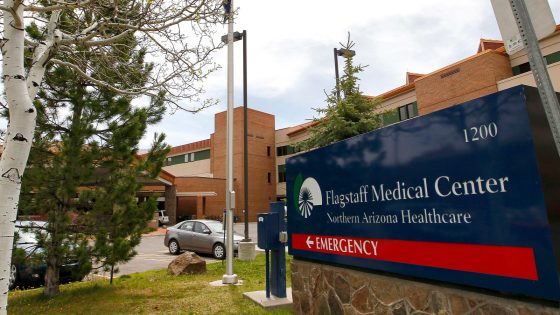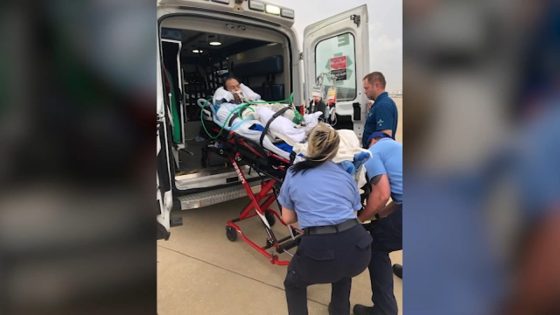A recent case of bubonic plague has resulted in a tragic death in northern Arizona, highlighting the ongoing health risks associated with this ancient disease. Local health officials confirmed that the unidentified patient succumbed to the illness shortly after arriving at Flagstaff Medical Center on July 11, 2025. While rare, bubonic plague still poses a threat in certain rural areas of the U.S., including Arizona.
- Bubonic plague case reported in Arizona.
- Patient died at Flagstaff Medical Center.
- Symptoms include fever and swollen lymph nodes.
- Average of seven U.S. cases annually.
- Rapid testing confirmed Yersinia pestis diagnosis.
- Prairie dog die-off linked to potential plague.
The Centers for Disease Control and Prevention (CDC) notes that the disease, caused by the bacterium Yersinia pestis, can be fatal if not treated promptly. Symptoms typically manifest within two to six days, often starting with fever and swollen lymph nodes. This case serves as a stark reminder of the importance of early diagnosis and treatment.
Why should we be concerned about bubonic plague today? While it may seem like a relic of the past, this disease can still emerge in specific environments. The recent death underscores the need for awareness and vigilance regarding symptoms and potential exposure.
- Contact a healthcare provider if you suspect you have symptoms of a contagious illness.
- Seek immediate care in severe cases and request a mask to prevent disease spread.
- Be cautious in areas known for rodent populations, as they can carry fleas that transmit the plague.
- Stay informed about local health alerts and wildlife die-offs, which may indicate disease presence.
As we move forward, it’s crucial to prioritize health education and awareness about diseases like bubonic plague. Regular check-ups and prompt action can save lives.













![[Adobe Stock]](https://news.faharas.net/wp-content/uploads/2025/07/Ketogenic-Diet-Boosts-Brain-Blood-Flow-by-22-and-BDNF-560x315.jpg)



















